The pride of the Russian aviation industry. Sukhoi - 80 years
The first steps of the legendary KB
The end of the 1930s was a very serious and responsible period for our country. Industrialization was taking leaps and bounds: more and more enterprises were being built, new types of equipment, civil and military equipment were being produced. The Soviet leadership paid special attention to development aviation.
Understanding perfectly well that in a probable war, aviation will be destined to play one of the key roles, the Soviet leadership directed all its forces not only to strengthen the air force, but also to improve scientific and technological developments in the aircraft industry. 29 July 1939 was published a decree SNK USSR. In accordance with it, the brigade of aircraft designers of the Moscow Aviation Plant No. 156 was transferred to Kharkov, where they had to start mass production of Su-2 aircraft.
However, the history of the KB began, in fact, nine years earlier. In October, 1930, Pavel Osipovich Sukhoi, headed the brigade No. 4 of the Central Aerohydrodynamic Institute (TsAGI), in which the formation of the design team began. Between 1930 and 1939 the designers developed the I-4 and I-14 serial fighters, the experienced I-8 and DIP fighters, the RD record aircraft (the famous flights of Valery Chkalov and Mikhail Gromov were made on it), the long-range bomber DB-2, the close bomber Su-2.
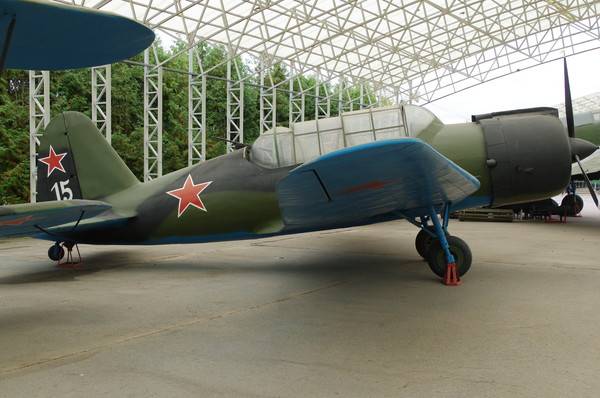
The first decade of existence of the design office fell on the most difficult and dramatic years. Two years after the establishment of the bureau, the Great Patriotic War began. But the designers evacuated to Perm continued their work. Only in the period from 1940 to 1942. 893 Su-2 were released, which successfully solved the combat missions assigned to them on the air front of the Great Patriotic War. After returning from the evacuation, the design bureau continued work in Tushino near Moscow.
The victory over Nazi Germany did not mean that the Soviet Union lost opponents. On the contrary, yesterday's allies in the anti-Hitler coalition, since 1946, have become a new probable collective enemy of the Soviet state. And in order to preserve the country's defense capability, more and more new solutions in the field of aircraft industry were required.
Throughout 1945-1949. the Sukhoi design bureau continued its work, then there was a short break from 1949 to 1953, when, after the accident of the Su-15 plane, the management decided to liquidate the design bureau. But in May 1953 of the year, two months after the death of Joseph Stalin, the work of the designers under the leadership of Sukhoi was restored - now they worked in the OKB-1, the production base of which was the 51 plant.
The father of the developer "Su"
The activity of any aircraft design bureau cannot be considered in isolation from the personality of the chief designer - a person who determines not only the direction of technical developments, but also the general line of development and work of the design bureau. Therefore, design offices are named after the names of their leaders: Tupolev, Ilyushin, Sukhoi.
The path of Pavel Osipovich Sukhoi to aviation began even before the revolution. He was born on July 22 1895 in the family of a teacher from a village school in the village of Glubokoe, Disna district, Vilna province, Russian Empire. When in the 1900 year, the father of the future aircraft designer Osip Andreevich was offered to head the school for the children of railway employees, the family moved to Gomel.
In the 1905 year, Paul entered the Gomel men's gymnasium, from which he graduated in 1914 with a silver medal. Already in the gymnasium years, Pavel Sukhoi became interested in aviation - many young men at that time were impressed by the flights of the aviator Sergei Utochkin, who also conducted his tours in Gomel.
Pavel wanted to enroll in the Imperial Higher Technical School in Moscow, where they taught the basics of aeronautics, but because of bureaucratic delays could not enroll (they refused to accept because they were copies, but not original documents). Then Pavel Sukhoi entered the mathematics department of Moscow University, and a year later he entered the Imperial Higher Technical School. There he joined the Aeronautics Circle, organized by Nikolai Zhukovsky.
When Pavel Sukhoi reached military age in 1915, he was mobilized for military service and sent to the Warrant Officer School. So Pavel Osipovich was on the Western Front, where he served in artillery. After the revolution, Sukhoi returned to Moscow, but found the school closed. Then Pavel returned to Gomel, for some time he worked as a teacher at a school in the town of Luninets in the west of Belarus, where he married a French teacher, Sofya Tenchinskaya.
But, fleeing the advancing Polish troops, the family returned to Gomel, and in 1921 Sukhoi went to Moscow to continue his studies at the Technical School. By this time, the teacher and senior friend of Pavel Sukhoi, Nikolai Zhukovsky, headed the Institute of Red Air Engineers Fleetand then the Central Aerohydrodynamic Institute. But in March 1921, Zhukovsky died.
Sukhoi's diploma work was written under the leadership of Andrei Tupolev - the closest ally of Zhukovsky. In March, Sukhoi 1925 defended his diploma on the theme: "Single fighter with 300 engine horsepower." After that, as one would expect, Sukhoi continued work in the design bureau of Andrei Tupolev, became deputy chief designer, and then headed his design bureau.
The years of the Cold War. The golden age of "Su"
After the work of the Sukhoi Design Bureau was resumed in 1953, the designers under the leadership of Pavel Osipovich continued to work on various modifications of Su. Aircraft "Su" quickly became a real brand.
In September, the 1955 of the year for the first time took to the air the C-1 front-line fighter, and from 1957 of the year began its mass production under the name "Su-7". Over 15 years, more than 1800 Su-7 aircraft were produced. Fighter supplies have been established in 9 countries of the world. Then the T-3 fighter-interceptor was designed, which became the prototype of the Su-9 and Su-11 interceptors. Airplanes of this type during the 1960-s remained the fastest in the Soviet military aviation and were in service with the USSR Air Force until the 1980-s.
Then, in May 1962, the first flight was made by the all-weather interceptor T-58, which went into production as Su-15. It was released about 1500 aircraft of this type. In August, the first flight of the C-1966I was performed on 21 - this aircraft for the first time in the history of domestic aviation had a variable sweep wing. On the basis of the prototype, mass production of the Su-17 fighter-bomber began.
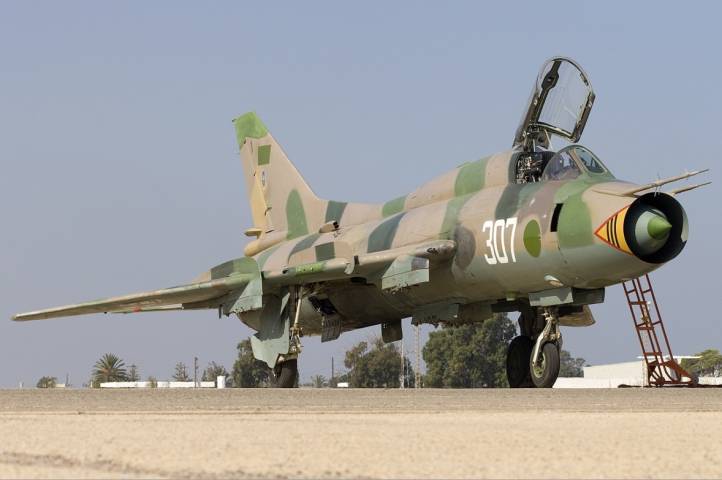
In 1962, work began on the creation of the long-range Sotka T-4 shock-reconnaissance complex in the Sukhoi Design Bureau. 22 August 1972, the first flight of a prototype was made. For the first time in the global aircraft industry, a welded airframe made of titanium and high-strength steels, a high-temperature hydraulic system of ultrahigh pressure, multi-cylinder hydraulic actuators of steering surfaces were used, an electric remote control system was installed.
Designers set the plane speed up to 3200 km / h. Such speed at that time was not only not one fighter in the world, but also the vast majority of guided missiles. It would seem that the success of the brainchild of Sukhoi was ensured. But in October 1974, the OKB was forced to stop testing the new aircraft. Already then it became known that the plane was competing with the developments of the Tupolev Design Bureau, which led to the decision of the higher instances to cease experimental flights.
15 September 1975 of the year in the sanatorium "Barvikha" died 80-year-old Pavel Osipovich Sukhoi - the chief designer and "symbol" of the Design Bureau named after him. After the death of Sukhoi, the design bureau was headed by E.A. Ivanov. OKB continued its work, improving technical developments. Su-17, Su-24, Su-25 aircraft and, finally, the first Su-27 modification were developed and tested. But after the death of four test pilots during testing of the Su-27, the new chief designer of the bureau was appointed M. P. Simonov.
In 1980, the bureau under the leadership of Simonov continued the development of combat training Su-27UB and Su-30, shock Su-34, multifunctional Su-35, deck Su-33. In addition to combat aircraft, the OKB launched the development and production of sport aircraft Su-26, Su-29, Su-31. It was on them that the Soviet and then the Russian teams received high awards at international aerobatics competitions.
When at the turn of 1980-x - 1990-x. against the background of the growing economic and political crisis, the Soviet leadership reduced the financing of the military-industrial complex, on the initiative of MP Simonov began the implementation of export programs for the Su-27. In particular, the first deliveries of this aircraft to China were made. It was thanks to the export contracts of the Sukhoi Design Bureau that continued to exist in the dramatic for the domestic industry of the nineties of the twentieth century.
Superdzhety and artificial heart
The development of civil aircraft began in the Sukhoi Design Bureau as early as the 1990s, precisely against the backdrop of a crisis in the defense industry and a reduction in funding. In 2001, the Su-80GP cargo and passenger aircraft and the Su-38L agricultural aircraft took off. When in 1999, the new CEO of the OKB became MA. Pogosyan, structural changes were made in the OKB. In 2000, a subsidiary of Sukhoi Civil Aircraft was established.
In the civil division of the OKB, the design of a new civil aircraft for the needs of domestic passenger aviation began. 19 May 2008 for the first time a prototype of the Superjet SSJ-100 aircraft flew into the sky, and since April 2011, regular operation of this aircraft began.
What is interesting, besides the strictly aviation subject matter, the Sukhoi Design Bureau was noted, moreover, since the 1960-ies, and in the medical field. Back in 1960, the USSR Health Minister Boris Petrovsky turned to Pavel Sukhoi with a request to help develop an artificial heart - a pneumo-hydraulic pump that could temporarily replace a heart for a person until a donor heart was installed.
Currently, the design bureau continues to develop combat aircraft, including the development and modernization of the PAK FA (a promising front-line aviation complex), fighters of the Su-27 and Su-30 families, attack aircraft of the Su-25 family.
Speaking about the technical achievements of the Sukhoi design bureau, it is worth noting that in the history of its existence the team created about 100 aircraft types, more than 60 of which went into mass production. The total number released in the series of Sukhoi aircraft is more than 10 thousands of copies. Airplanes were delivered and are being delivered to 30 states of the world.
The Sukhoi Design Bureau remains the pride of the domestic aircraft industry. Years and decades pass, twenty years remain until the centennial jubilee, and the design office, created in the distant thirties, continues to work for the good of our country, strengthening its defense capability, contributing to the development and improvement of the domestic economy.
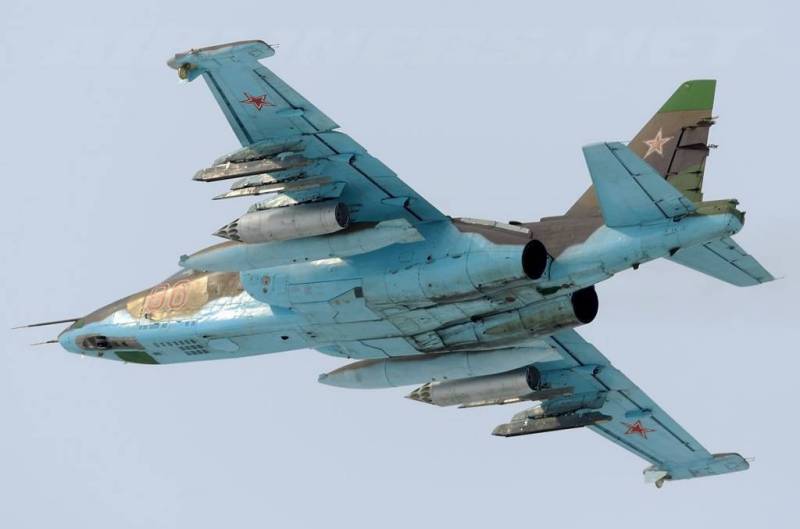
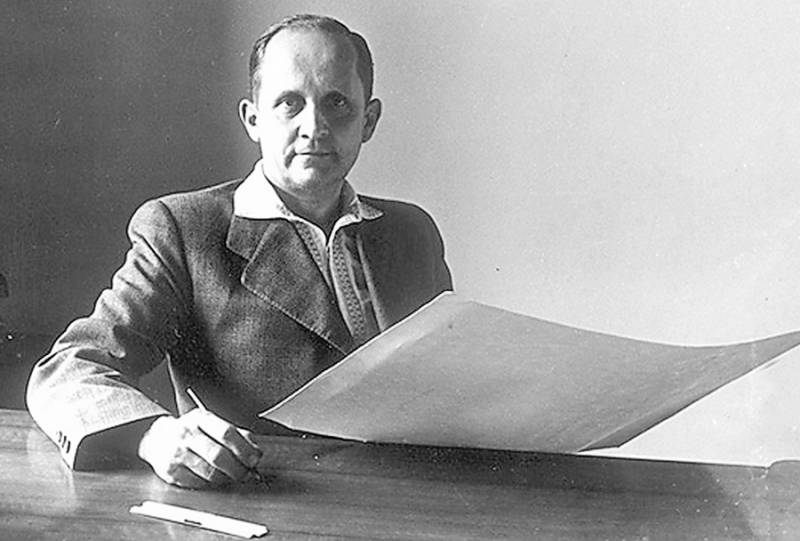
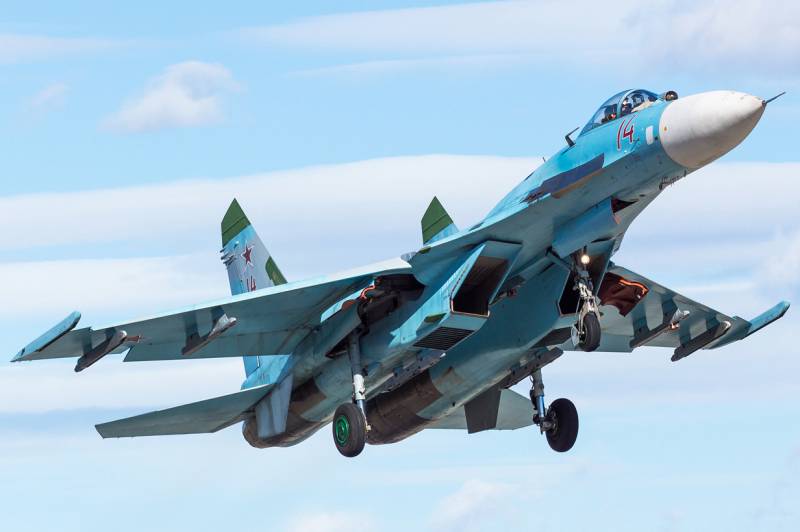
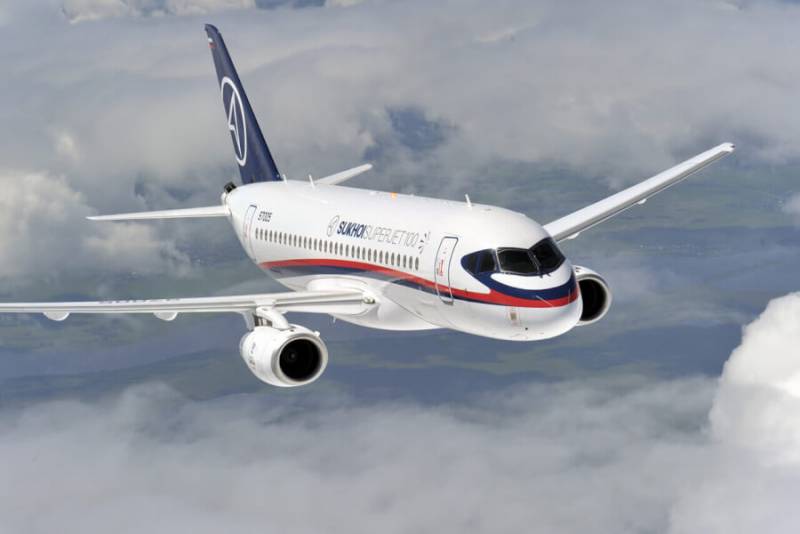
Information